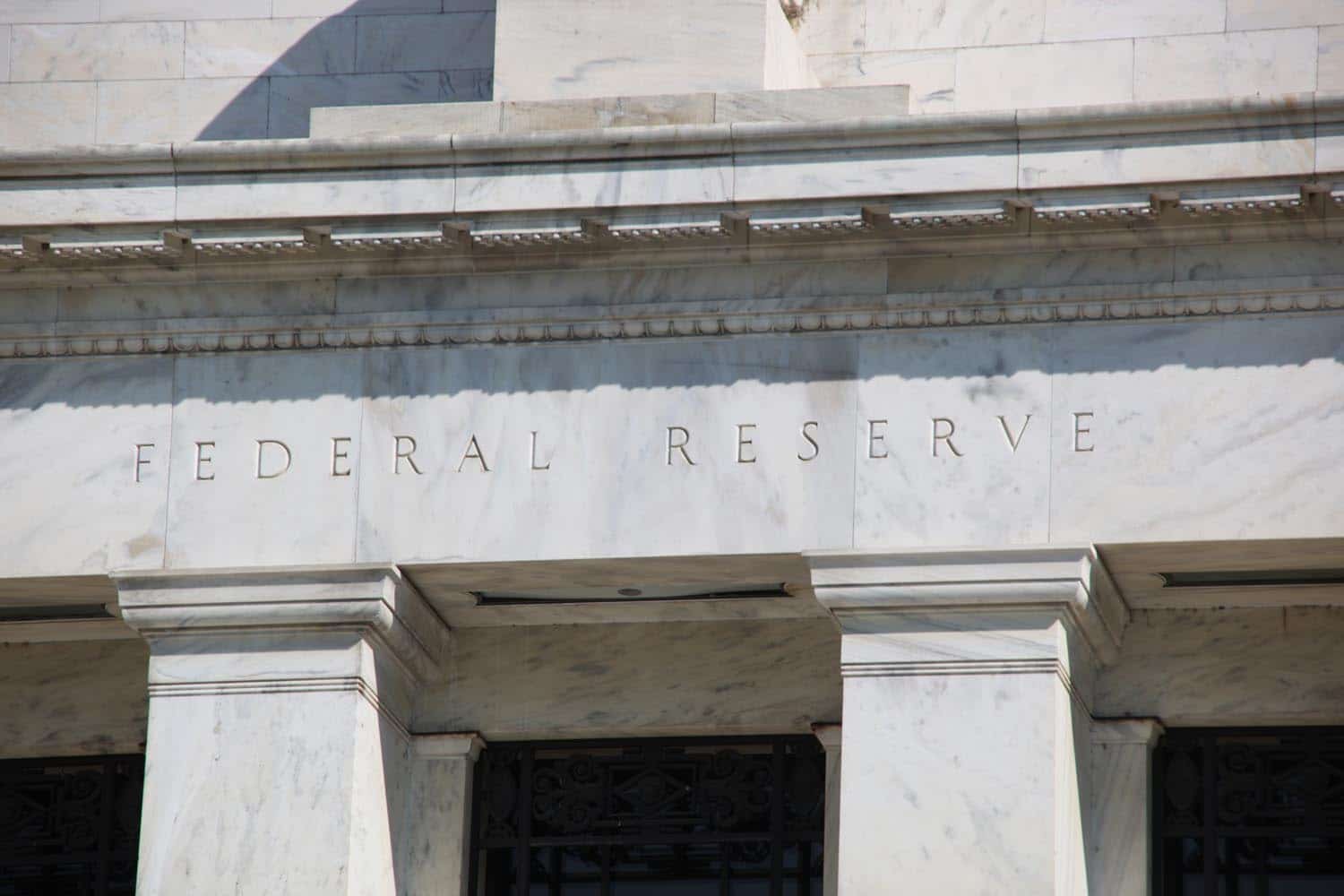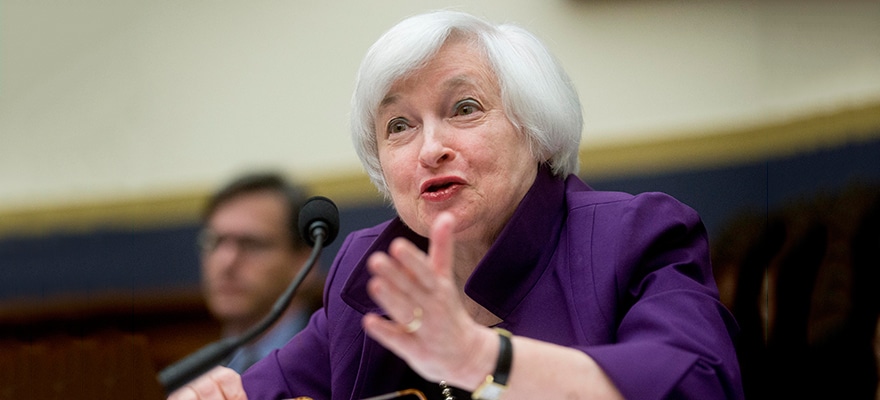Last week, Fed Chairwoman Janet Yellen stood her ground as she testified before the Senate Banking Committee when she delivered her upbeat assessment about the economy and reiterated the Fed’s official stance that there is still the possibility of additional interest rate hikes in 2016.
Her comments, however, highlighted the differences in what the Fed believes and what the financial market investors think. The Fed expects the U.S. economy to continue to grow slow, leading to gradual interest rate hikes in 2016. Investors believe the global economic weakness will have an effect on the domestic economy and that the Fed’s next rate hike won’t take place until early 2017.
Yellen even acknowledged that there was still the possibility of a rate hike in March. “We will meet in March, and our committee will carefully deliberate about what impact these developments have had,” Ms. Yellen told Congress, referring to the market turmoil and next month’s meeting of the Federal Open Market Committee (FOMC). “Today I think it’s premature to render a judgment.”
And she may be right because on Friday, February 12, U.S. investors reacted positively to U.S. retail sales, which rose 0.2 percent in January, above the 0.1 percent expected gain. This was a sign that U.S. consumers were willing to open up their wallets in the wake of weak economic data from China and the excessive Volatility in the global equity markets.
Earlier in the month, the government reported that the economy added 151,000 new jobs in January. The unemployment rate also fell to 4.9 percent. Most of all, Average Hourly Earnings came in at 0.5%, well above the 0.3% forecast. This is an important inflation indicator for the Fed.
The Fed can’t do much about consumer inflation because its actions do not have a direct effect on crude oil prices, which while at a 12-year low, are dragging down the Consumer Price Index (CPI). Yellen acknowledged that “a lot has happened” since December when the Fed predicted it would spend 2016 gradually raising rates. She also added that risk-adverse investors could disrupt slow-and-steady economic growth.

Although stocks were falling sharply and investor money was moving rapidly into the safety of the Treasurys and gold market while Yellen was speaking, stocks have recovered nicely since the end of her testimony on February 11. March E-mini S&P 500 Index futures reached a low that day at 1802.50 and finished the week at 1858.25.
March T-Bonds, which spiked higher as investors climbed the wall of worry last week, reached a high at 170’26 before breaking sharply into the end of the week. The benchmark March 10-Year Notes reached a high at 133’01.5 before weakening into Friday’s close and April Gold, which spiked up to its highest level since May 2015 at $1263.90, also indicated the presence of sellers at the end of the week.

The price action into the end of the week indicates that a shift in investor sentiment may be taking place or that investors overdid the selling in the equity markets and the buying in the Treasurys and gold. This suggests that the markets may be due for a major adjustment while investors reassess the state of the economy given the testimony by Yellen and the strength of the U.S. retail sales report.
The price adjustment could take place this week, driven mostly by the momentum into Friday’s close. On Wednesday, the FOMC Meeting minutes will be released. This should give greater insight into the thinking of the committee members.
If the minutes show that the FOMC members still believe the economy is strong enough to warrant additional rate hikes in 2016 then we could see weakness in the Treasurys and gold. The U.S. dollar, on the other hand, will likely be underpinned by the news. The jury is still out on the direction of the equity markets because several factors like the turmoil in international bank stocks are still exerting their influence on stocks.
We could see more volatility if the FOMC minutes indicate dissension between the member over the timing and pace of the additional rate hikes. This will likely cause uncertainty because it will likely lead to a lack of confidence in the Fed’s ability to judge the state of the economy.
In summary, look for early strength in the U.S. stock markets this week and general weakness in the Treasurys and gold as investors continue to react to Yellen’s upbeat assessment of the economy and the better-than-expected U.S. retail data.
Watch for volatility to return with the release of the Fed minutes on Wednesday, February 17. The markets are likely to continue their moves from earlier in the week if the FOMC members are on the same page for additional rate hikes. However, we could see excessive volatility if the FOMC members disagreed on the timing and pace of the additional rate increases.
















